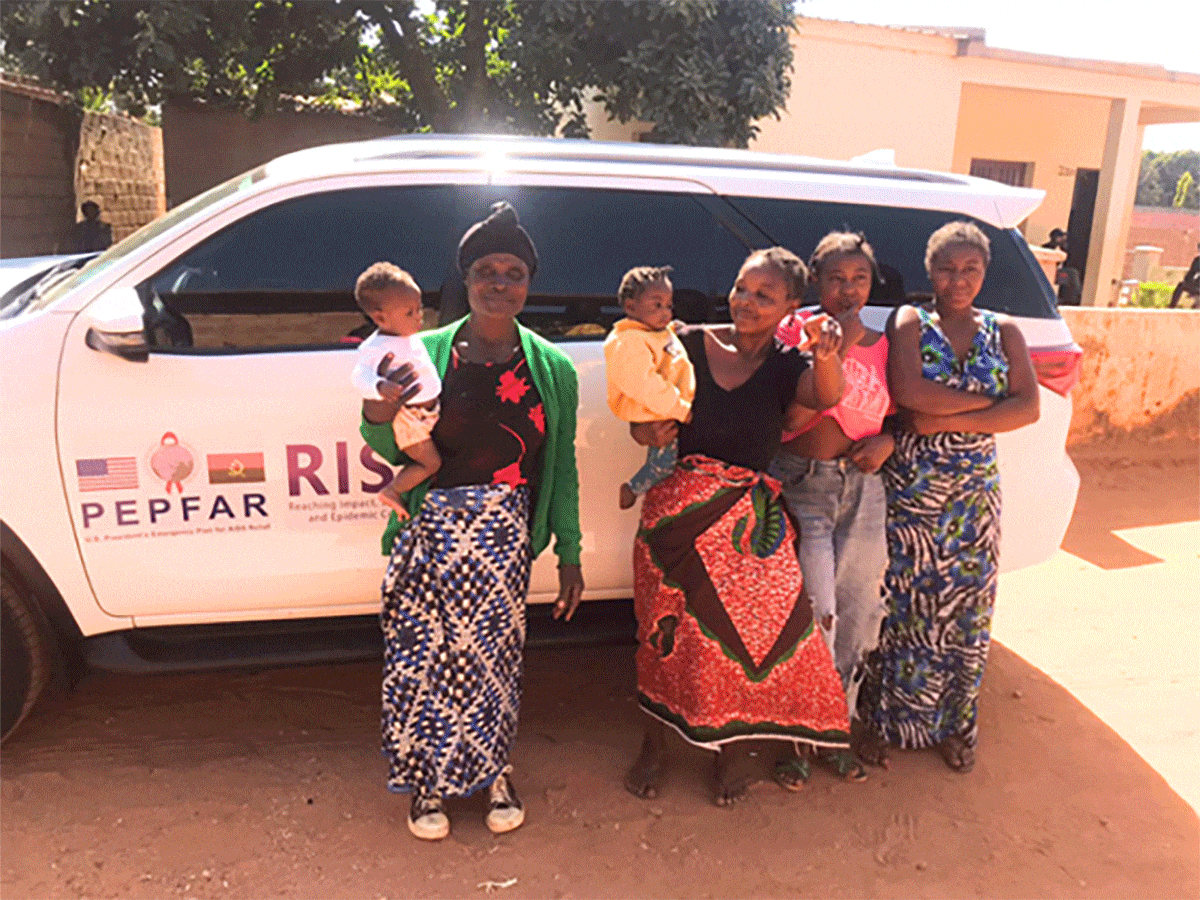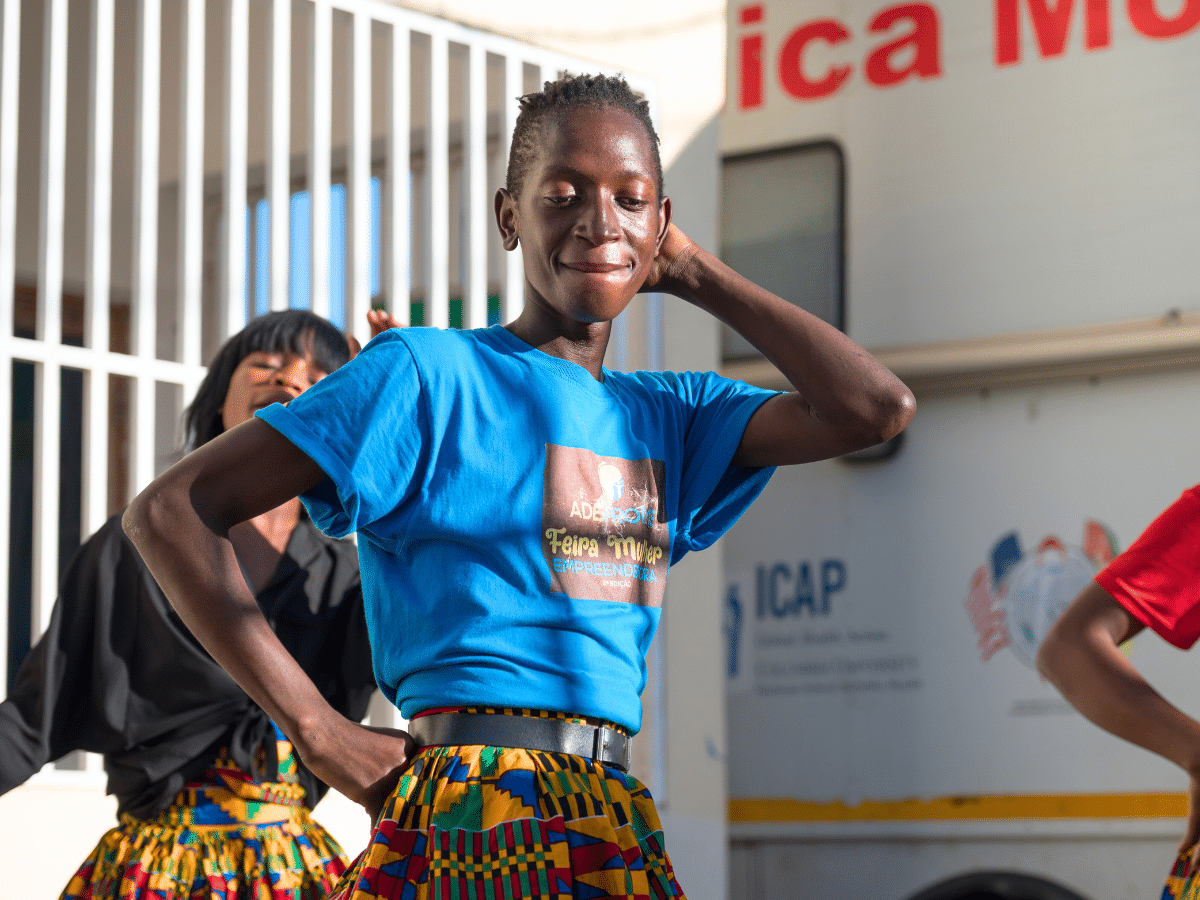In Eswatini, key surveillance data on recent HIV infections is providing a roadmap to drive epidemic response efforts to those who especially need them – young women and adolescent girls. The Eswatini HIV-1 Recent Infection Surveillance (EHRIS) program – part of ICAP at Columbia University’s Tracking with Recency Assays to Control the Epidemic (TRACE) program – revealed young women aged 15-24 years account for nearly half of new HIV infections in Eswatini.
Funded by the U.S. President’s Emergency Plan for AIDS Relief (PEPFAR) through the Centers for Disease Control and Prevention (CDC) and led by the Ministry of Health, EHRIS tracks data on person, place, and time of HIV recent infections among adults 15 years and older to identify areas of ongoing HIV transmission. Through key informant interviews with facility- and community-based service providers and faith-based and university organizations, the recency response team identified key drivers of HIV transmission. Some of the reported drivers included limited access to HIV prevention services and condom availability amid COVID-19 lockdowns. Siphesihle Nkwanyana, head of communications at the National Emergency Response Council on HIV and AIDS, identified the main drivers of HIV for young women and adolescent girls were gender-based violence, multiple sexual partners, low sexual and reproductive health knowledge, early sexual debut, dropping out of school, and low condom usage.
Adolescent girls and young women are at considerable risk of gender-based violence. Globally, more than one in three women have experienced physical and/or sexual violence by an intimate partner or sexual violence by a non-partner at some point in their lives. “Gender-based violence makes it difficult to negotiate for safer sex, such as condom use, and use pre-exposure prophylaxis (PrEP) consistently to prevent HIV. The victim often struggles to continue treatment because they are afraid to discuss sexual issues with abusive partners who might be HIV positive.” said Lenhle Dube, National HIV Testing Services (HTS) coordinator.
Once an individual is diagnosed with HIV, the process of index testing is initiated. “Intimate partner violence (IPV) is a concern in index testing, where the exposed partners of HIV-positive individuals are contacted and offered HIV-testing services,” said Musa Ginindza, who oversees HIV and Index testing services in the National HTS office. In addition to tracking epidemiological data on HIV recent infections, EHRIS also collects information on IPV, which can help to design and inform interventions.
As women and girls in sub-Saharan Africa continue to be at a higher risk of HIV infection, innovative programs like EHRIS are critical to highlighting gaps in prevention and treatment, while contributing to key strides toward achieving gender equality. The recent HIV infection and IPV data captured through EHRIS can be used by civil society, community-based organizations, and other stakeholders as an evidence base to inform gender-responsive policies and programs in Eswatini to ensure young women receive the HIV care and services they need to thrive, sooner.








